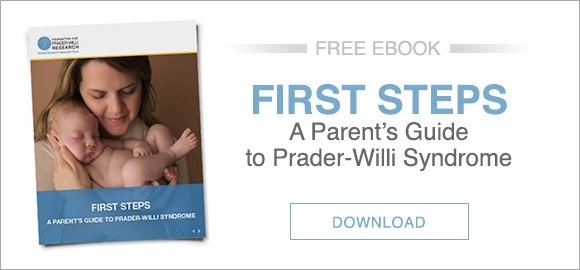A recent publication in Science raises a number of interesting questions regarding the potential for prenatal and perinatal (newborn) therapies in the prevention and treatment of autism spectrum disorder (ASD). This type of treatment would be a decade or more into the future as it would dependent not only on development of the therapy, but also of early biomarkers to accurately identify those at risk for ASD. However, the work opens up an exciting line of pro-active research in a field which to date has been primarily reactive.
The paper, titled Oxytocin-mediated GABA inhibition during delivery attenuates autism pathogenesis in rodent offspring, comes from a group at the Mediterranean Institute of Neurobiology in France. A key step of normal brain development is the switch of a subset of brain cells (GABA neurons) from excitatory/stimulatory to inhibitory. This switch happens during the birthing process and is triggered by the maternal release of oxytocin. Using rat models of autism, the authors show that this switch can be modulated by oxytocin and the drug bumetanide, which alter chloride concentrations in the GABA neurons to trigger the switch.
It is important to note that these are rat models of autism examining autistic-like features and behaviors. In addition, there is some question as to whether human babies receiving supplemental oxytocin during induced birth procedures may actually have a slightly higher rate of ASD, which seems contradictory to the present paper. Moreover, even if there is a positive effect of oxytocin or bumetanide in the prevention of ASD in humans, there may be a small window of time during birth/delivery for greatest impact. Bumetanide and oxytocin are both currently in clinical trial for the treatment of ASD in children and adults. However, a trial examining the potential for prevention of ASD would require an accurate way to identify those at risk, and currently it’s not possible to measure the chloride levels in GABA neurons in humans, nor are there any other biological markers to determine if a fetus or newborn will have ASD. Nonetheless, this study suggests new areas of investigation regarding changes in neurons that might lead to autism, and steps that might be taken to correct those changes.
For additional perspectives on the potential impact of these results, please visit blog posts on Forbes, Science Daily, and Medical News Today.







